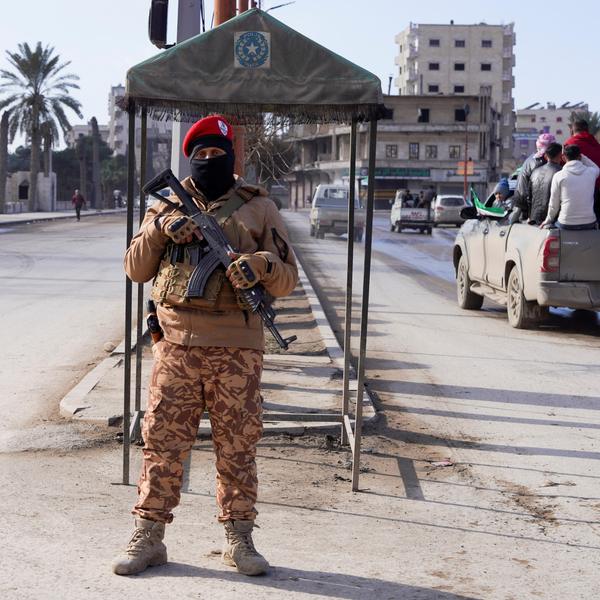There might be a massive new Ukraine aid budget debate on the horizon, as Uncle Sam is depleting the last one at a record pace and Pentagon stockpiles are, by all accounts, running low.
According to a new report by Defense One, some $36.4 billion of the $48.9 billion allocated for Ukraine-related military aid since February 2022 has been delivered, contracted, or "otherwise committed." There is only $11.3 billion left, and it will "run out in four months."
The most recent allocation ($1.2 billion last week) came under the U.S. Security Assistance Initiative, which means the additional air defense systems, artillery rounds, and ammunition that have been promised will be farmed out to U.S. defense contractors and won't be ready for shipment right away. Alternatively, aid has come via the Presidential Drawdown Authority, which sends Ukraine weapons directly from the Pentagon's stockpiles. According to the Department of Defense, there have been 37 such drawdowns totaling over $21 billion in weapons and supplies since August 2021 when the U.S. first responded to Russian forces massing along the border with Ukraine.
But now reports indicate that American stockpiles of HIMARS, Javelins, Stinger missiles, and 155 mm artillery rounds have been shrinking since late last year, and arms manufacturers are now scrambling to keep up.
This has led the U.S. to go out on an ammo-raising spree, gathering pledges from allies and partners. Some, like South Korea, have resisted but found a way to comply. According to the Wall Street Journal, Washington has sent Ukraine more than one million rounds of 155 mm caliber ammunition, and allies and partners have contributed more on top of that. Moreover, NATO and European partners are being pressed to send whatever they have from their own stockpiles for Ukraine's anticipated counteroffensive.
So where does this leave us? It would seem that defense contractors need additional money and capacity to backfill the stores. Without more, Ukraine with be under-supplied for both its counteroffensive and whatever follows it. Meanwhile, American stockpiles are waning, which hurts readiness.
One congressional aide "who closely tracks the issue" told POLITICO this week that the money to draw down existing U.S. stockpiles will expire in July. According to the report, which speculated when and how big the next aid package will be, "that would mean the flow of equipment could be disrupted if Kyiv has to wait an extended period for a new tranche of funding." Would it be included in the appropriations process, or a supplemental? “I expect there will need to be a supplemental at some point," Senator Susan Collins (R-Maine) told POLITICO. "It’s also clear that it’s taken far too long to get munitions and tanks delivered to the Ukrainians.”
But as Sam Skove points out in his Defense One report, there is the nagging issue of Republican members of Congress who have said they would not support another "blank check" to Ukraine and would expect not only greater oversight but also an articulation of a diplomatic strategy for ending the war before they would support another multi-billion-dollar package. Their position not only reflects a need for a full accounting for where the money is going, but also concern that the American economy right now cannot afford what has become the most expensive U.S.-war-that-is-not-a-U.S.-war in history.
In addition, Skove points out:
American public support for the war is also flagging. Both Democrat and Republican voters’ willingness to pay for the war has fallen, according to a recent poll by the Brookings Institution think tank. For example, the share of Democratic respondents willing to support Ukraine even if it meant higher energy prices at home dipped from 80% last October to 65% last month.
As the president ramps up for what should be a grueling 2024 re-election campaign, what happens on the battlefield in the next few months will no doubt signal how much more the U.S. will press on with such limitless assistance. There is certainly a constituency for continuing "for as long as it takes," but it's clear now that our stockpiles are not limitless, and neither is American patience, especially when their own economic security is at stake.
















